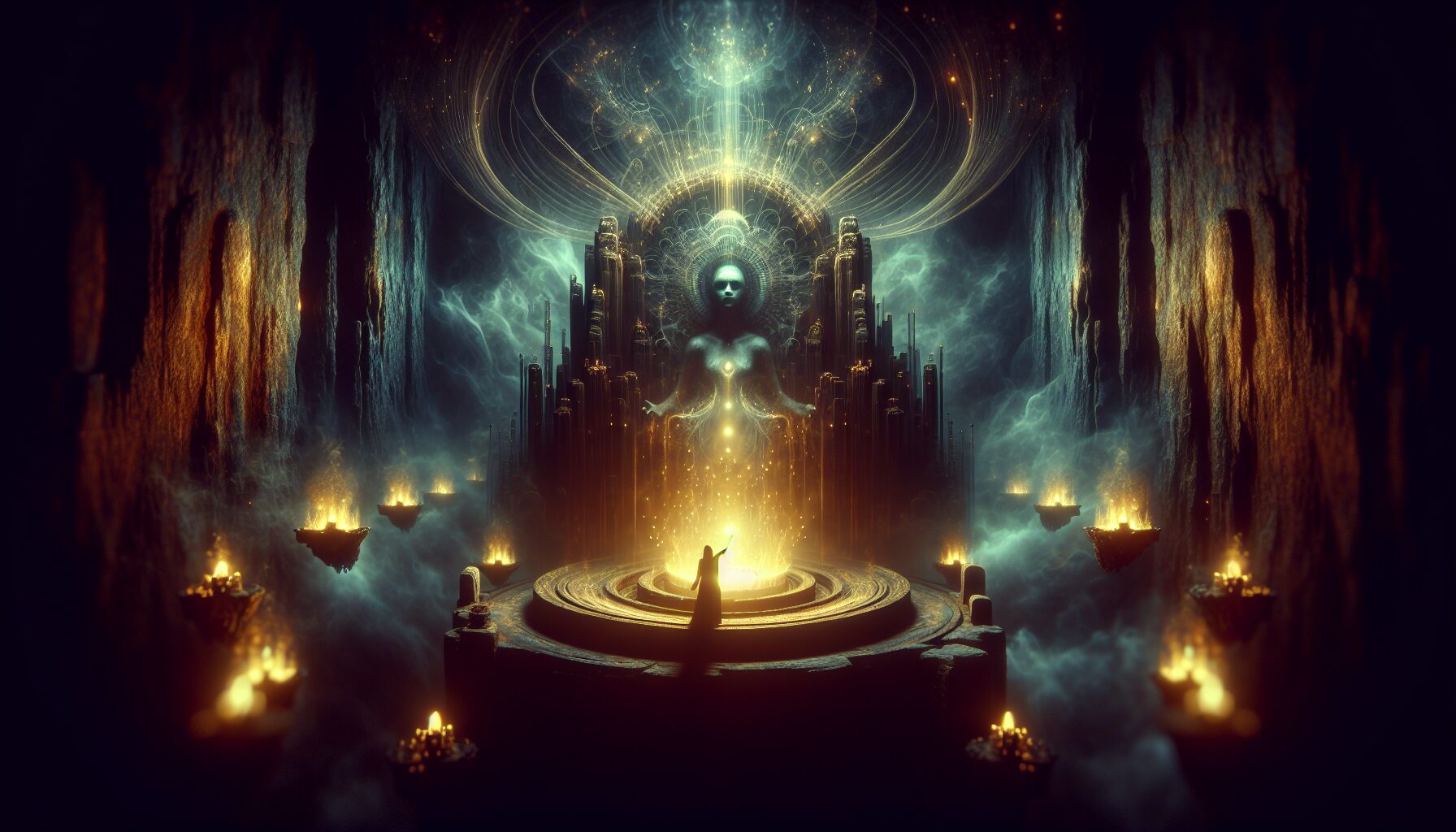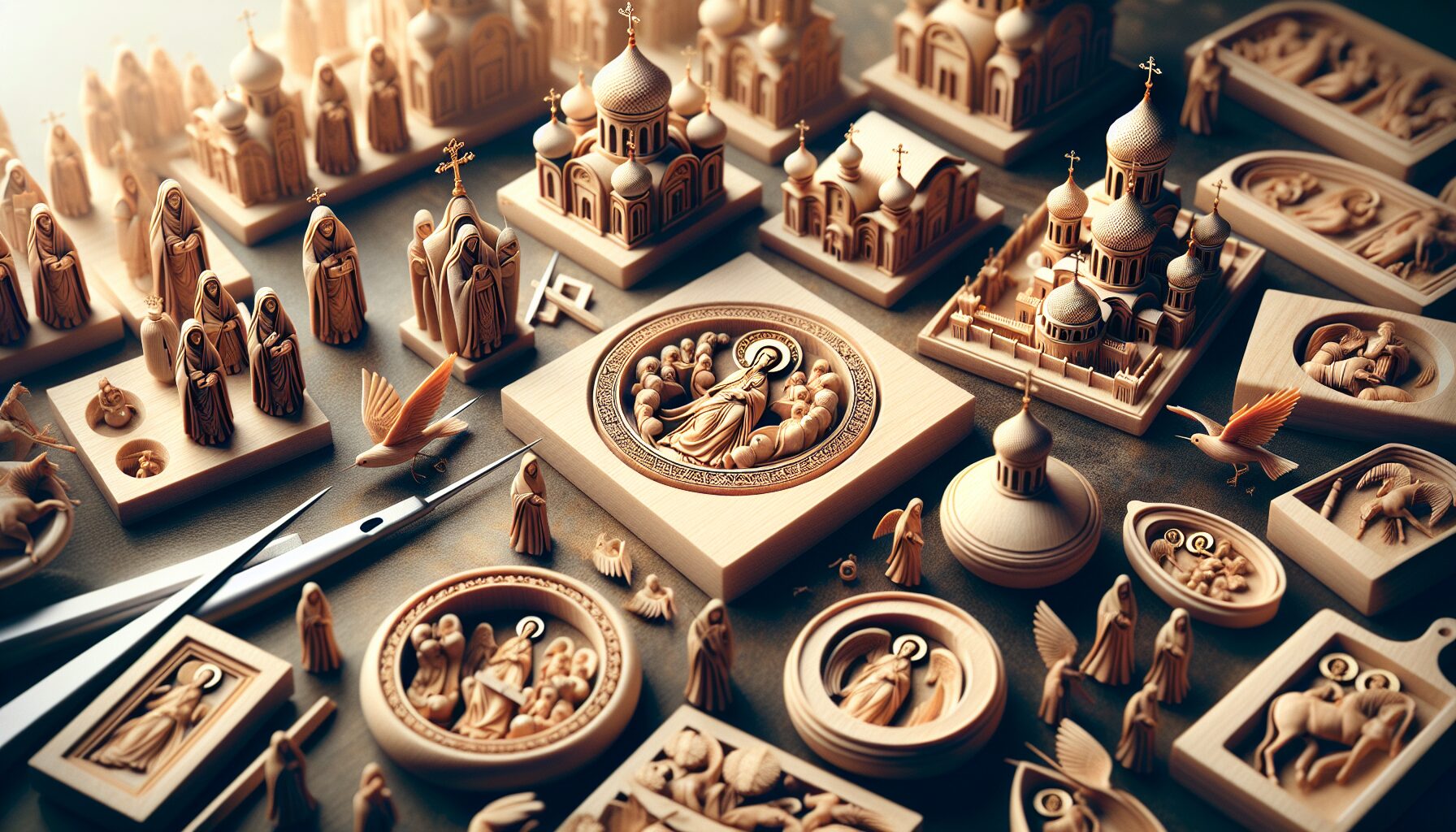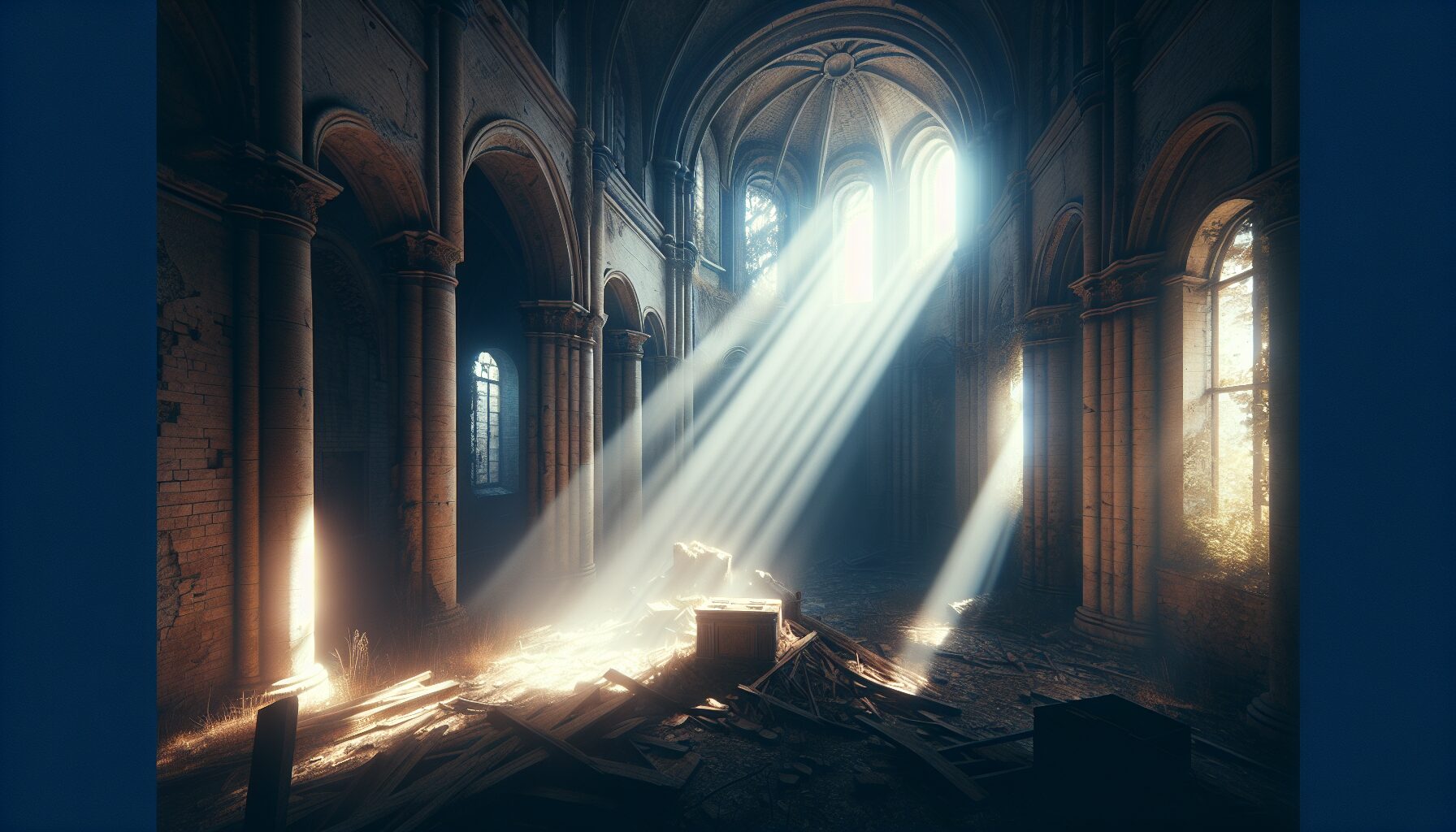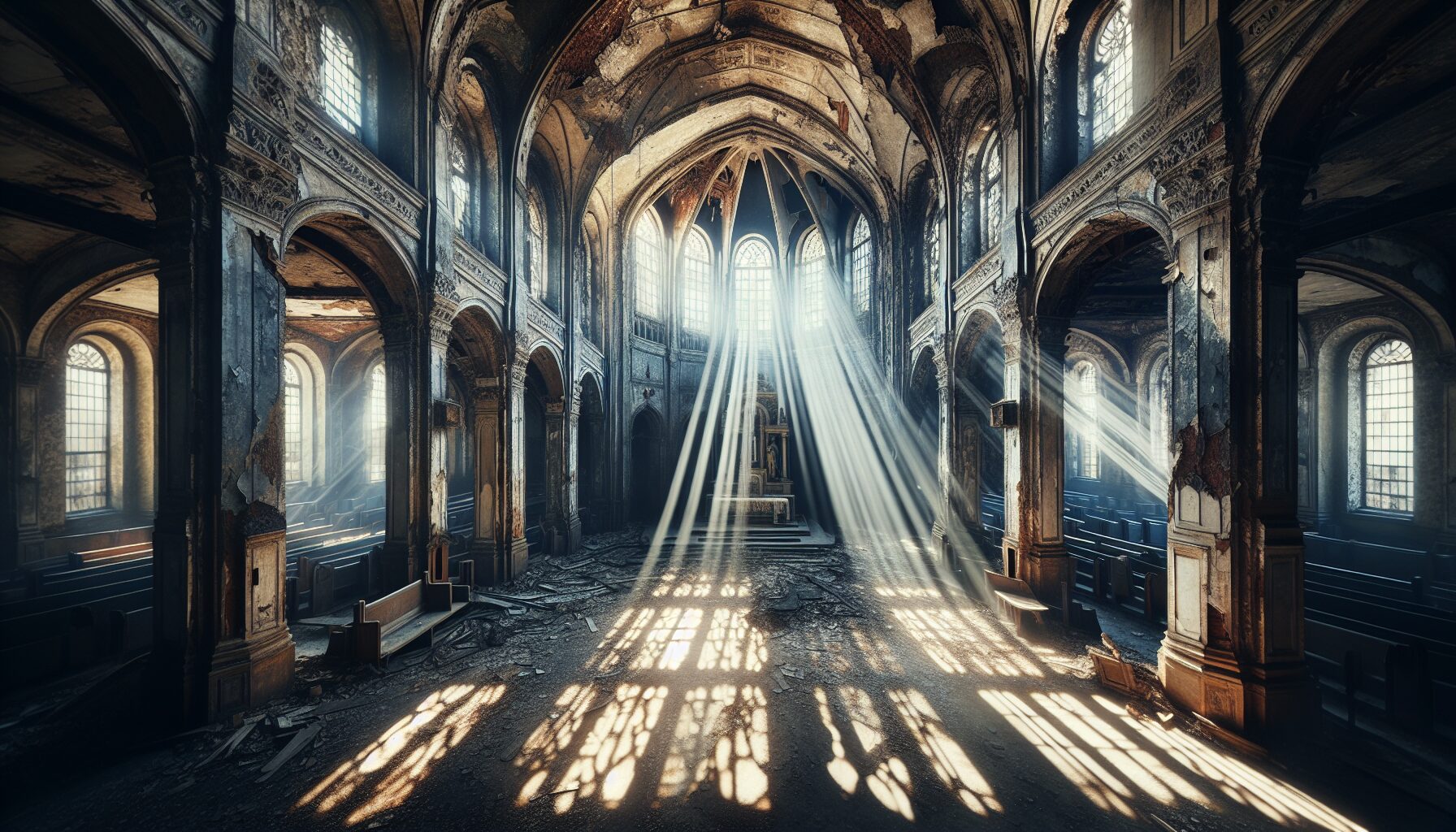In a rush through daily life, we often overlook the sacred spaces that exist beyond the physical boundaries of religious structures. Typical images of altars might conjure up thoughts of churches, temples, or mosques, but a sacred space doesn’t have to be religious—it can be anywhere that brings a sense of peace, purpose, or connection. In this article, we explore the notion of sacred spaces in the secular world and their psychological impacts.
Understanding the Concept of Sacred Spaces
Sacred spaces are traditionally defined by the presence of objects and rituals that instill a sense of devotion or spiritual alignment. However, they can also refer to any environment—even a moment—that invites reflection, healing, and personal growth.
According to Dr. Miya Tokumitsu, an art historian and author, “A sacred space is one that allows us to step outside the mundane world and enter a realm of contemplation and renewal” (Artsy).
Examples of Secular Sacred Spaces
- Natural Environments: Many find sacredness in nature. Forests, oceans, and mountains often serve as spiritual sites that celebrate the majesty and interconnectivity of life.
- Creative Spaces: Artists’ studios, writing nooks, and music rooms become sanctuaries of creation and self-expression.
- Mindfulness Zones: Meditation corners or yoga mats provide refuge and internal focus, fostering mental clarity.
- Memorials and Monuments: Spaces dedicated to memory, like the Vietnam Veterans Memorial, offer profound emotional catharsis.
Psychological Benefits of Sacred Spaces
Studies suggest that spending time in such spaces can substantially benefit mental health by providing stress relief, improving focus, and promoting emotional healing. The practice of creating or regularly visiting sacred spaces aligns closely with the principles of attention restoration theory, which posits that nature or contemplative environments can renew depleted attention capacities.
“Natural environments are particularly rich in the characteristics necessary for restorative experiences, such as fascination and escape from routine” — Kaplan and Kaplan, With People in Mind: Design and Management of Everyday Nature.
Creating Your Own Sacred Space
Creating a personal sacred space does not require grand elements. All it needs is the embodiment of meaning and intention. Consider the following steps to create your own space:
- Identify the Purpose: Understand why you need a sacred space. It might be for meditation, quiet reflection, creative work, or simply finding peace.
- Select the Location: Choose a space free from distractions. This could be a corner of a room, a garden, or a quiet park.
- Personalize It: Incorporate objects that evoke significance. These could be photographs, plants, meaningful texts, or aesthetic objects that invoke tranquility.
- Set Boundaries: Create clear mental or physical boundaries to signify it as a special place where worry and routine cannot enter.
Sacred Spaces in Community Life
Sacred spaces, though deeply personal, can also play pivotal roles in community life. Shared gardens, art installations, or communal event spaces can foster social cohesion and shared experiences of serenity and inspiration. These spaces often hold the potential to transcend divisions by bringing people together in mutual appreciation of peace and beauty.
As urban planner Jan Gehl noted, “Cities must face the task of providing places where people meet informally. Urban spaces can create a sense of community, belonging, and local pride” (Tomorrow Magazine).
Conclusion
The presence and creation of sacred spaces are not confined to religious contexts or grand temples. They reside in the quiet corners of our homes, our communities, and our hearts, offering serenity and a sense of belonging. Exploring these hidden altars allows us to connect more deeply with ourselves and the world around us.
Whether through nature, art, or solitude, the sacred is accessible to anyone who chooses to find it. In a world filled with noise and haste, discovering your sacred space might just offer the peace and perspective you need.





